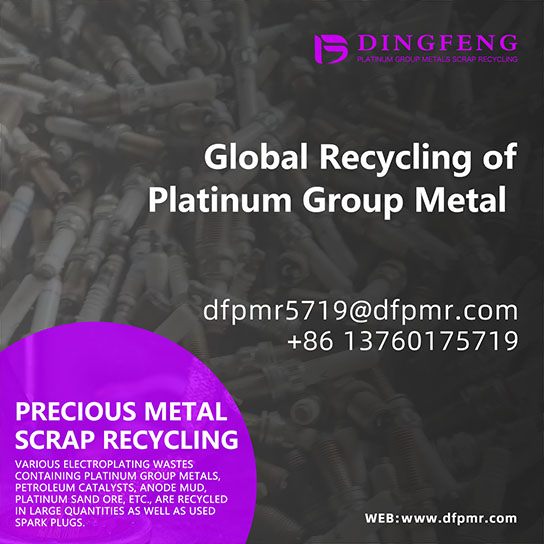What is iridium metal used for?
IntroductionIridium, a member of the platinum group metals, is renowned for its extraordinary physical and chemical properties. It is one of the densest elements (22.56 g/cm³), boasts a melting point
Introduction
Iridium, a member of the platinum group metals, is renowned for its extraordinary physical and chemical properties. It is one of the densest elements (22.56 g/cm³), boasts a melting point of 2,466°C (higher than platinum and titanium), and exhibits unparalleled corrosion resistance, even at extreme temperatures. Discovered in 1803, iridium is rare in Earth's crust but abundant in meteorites, hinting at its extraterrestrial origins. Its scarcity and challenging extraction process contribute to its high value, yet its unique characteristics justify its use in niche, high-performance applications.
Catalysts: Driving Chemical Reactions
Iridium's stability under harsh conditions makes it an ideal catalyst in the chemical industry. It facilitates hydrogenation (adding hydrogen to compounds) and dehydrogenation (removing hydrogen) reactions, crucial in producing acetic acid—a key component in plastics and textiles. In the hydrogenation of vegetable oils, iridium catalysts enhance efficiency, enabling the creation of margarine and biofuels. Its resistance to poisoning by reactants ensures longevity, reducing the need for frequent replacement.
Spark Plugs & Electrical Contacts: Enduring Performance
The aviation and luxury automotive industries rely on iridium-tipped spark plugs due to their ability to withstand intense heat and electrical stress. Iridium's high melting point prevents electrode erosion, ensuring consistent ignition and engine efficiency. Similarly, in electrical contacts (e.g., relays, switches), its corrosion resistance guarantees reliability in humid or corrosive environments, minimizing downtime in industrial systems.

Electronics: Precision at High Temperatures
In semiconductor manufacturing, iridium crucibles are prized for their inertness and thermal stability. They enable the growth of high-purity single crystals (e.g., sapphire) without contamination, essential for LEDs and laser components. Iridium also features in thin-film coatings for advanced electronics, where durability at elevated temperatures is critical.
Alloys: Enhancing Material Performance
Alloying iridium with platinum (typically 10-30% iridium) yields materials with enhanced hardness and corrosion resistance. These alloys are used in surgical pins, pacemaker components, and laboratory apparatus exposed to aggressive chemicals. In jewelry, platinum-iridium alloys retain luster and resist scratching, making them ideal for luxury watches and rings.
Medical Devices: Precision in Therapy and Implants
Iridium-192, a radioactive isotope, emits gamma rays used in brachytherapy to target cancers like prostate and breast tumors. Its short half-life (74 days) allows controlled radiation dosing. Additionally, iridium's biocompatibility and inertness make it suitable for implants, such as cardiac stents, where long-term tissue compatibility is vital.
Scientific Research & Standards: Pillars of Precision
Until 2019, the International Prototype Kilogram, a platinum-iridium alloy cylinder, defined the kilogram. This alloy was chosen for its resistance to oxidation and wear. In astrophysics, iridium-coated X-ray telescope mirrors exploit its high electron density to efficiently reflect and focus high-energy photons, aiding cosmic observations.
Jewelry & Watches: Luxury Meets Durability
Though rarely used in pure form due to its hardness, iridium alloys enhance jewelry durability. Platinum-iridium pieces resist tarnishing, while black iridium coatings on watches (e.g., Rolex) provide a sleek, scratch-resistant finish.
Spacecraft & Aerospace: Surviving Extremes
Iridium's resilience makes it indispensable in aerospace. Rocket engine components, satellite thrusters, and re-entry vehicle coatings leverage its ability to endure thermal shock and oxidative environments. The metal's reflectivity also benefits satellite components exposed to solar radiation.
Conclusion
Iridium's unmatched properties—melting point, density, and corrosion resistance—render it irreplaceable in sectors demanding reliability under extreme conditions. From catalyzing chemical reactions to enabling cancer treatment and space exploration, its applications are as diverse as they are critical. While its rarity and cost limit widespread use, iridium's role in advancing technology and science underscores its enduring value.


